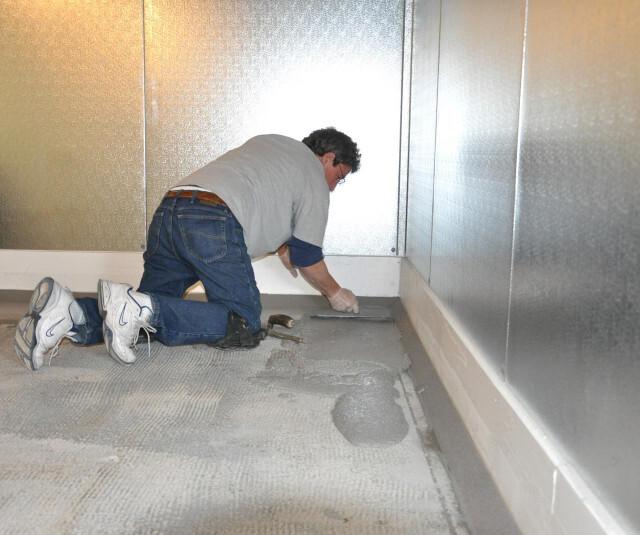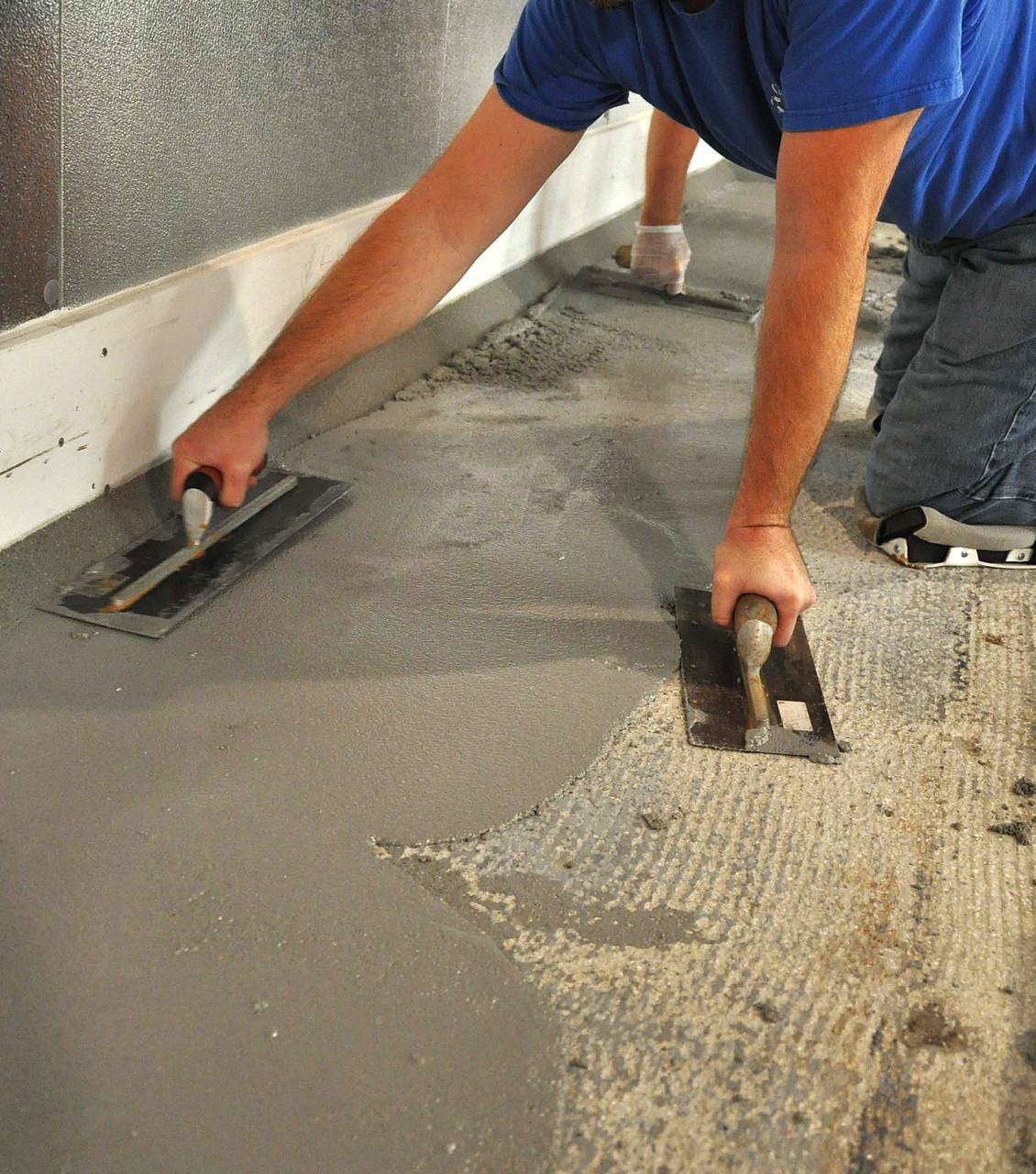Why Moisture Matters in Concrete Floors
Concrete naturally holds moisture, but when moisture migrates from beneath the slab, it can interfere with floor coatings. In environments like food processing or warehouses, moisture can cause coatings to fail prematurely. It’s important to identify moisture levels before choosing a floor coating solution.
Steps to Identify Concrete Moisture Issues
- Check for Visible Symptoms: If your concrete floor has bubbling, peeling, or blistering coatings, moisture could be the culprit.
- Conduct Moisture Tests: Use a calcium chloride test or relative humidity test to measure vapor transmission through the slab.
- Assess the Environment: In damp environments, moisture might be naturally absorbed by the concrete, requiring a more vapor-tolerant coating like Mortarthane™ HF or a cementitious urethane.


Solutions for Moisture Problems
Once the moisture levels are determined, select the right coating. For higher moisture levels, cementitious urethane coatings are a great choice, as they can handle up to 12 pounds of moisture transmission, while epoxy systems are limited to 3 pounds.
Proper floor preparation is also crucial. If the surface isn’t adequately prepped, even the best coating will fail. Involving a quality manufacturer or installer for site assessments ensures you select the right product and method for your specific needs.
Addressing moisture issues early with appropriate tests and coatings helps prevent costly repairs and ensures the long-term durability of your flooring. With the right preparation and product choice, you’ll keep your concrete floors dry, stable, and ready for whatever your business demands.